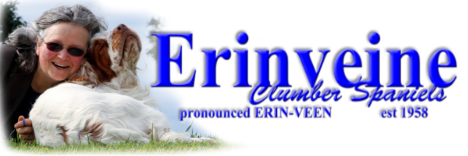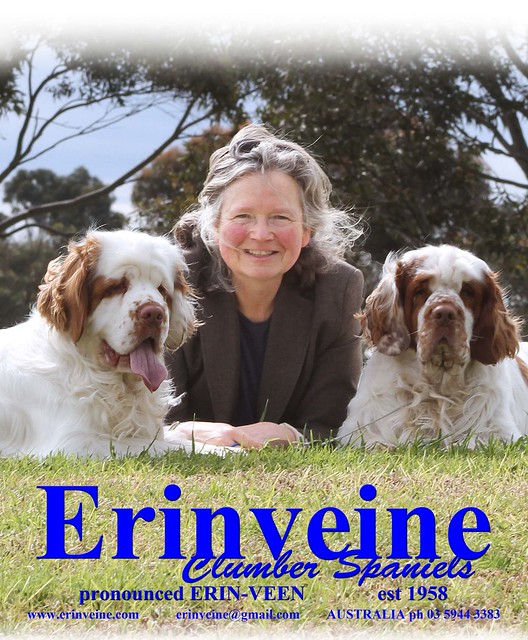This will never be complete, so do some research and add your own dot points!
- A very comfortable, safe and secure place for your dog to spend time and sleep when you are out.
- Access at all times to fresh, clean water for drinking and in the hotter days to cool off feet, etc.
- Deep artificial shade or heavy natural shade for any time temperatures are over 23 degrees Celsius
- A dry place to comfortably stretch out and sleep, but with nice ventilation so the air isn’t stale or musty.
- A place where your dog can at least watch and see what you are doing if not actually in with you.
- Spaces within your house and other tight areas so your dog doesn’t have to be underfoot but can still be interacting.
- Sufficient area for your dog to move well away from living space and bedding so she/he can relieve themselves should you be away from home too long. No mammal enjoys living in its our excrement or urine.
- Sufficient protection so your dog can shelter from noisy neighbours or other scary things.
- Sufficient environmental enrichment to help your new dog/puppy be content when not interacting with you or you are away, eg destruction proof toys, radio on low volume, snuggle areas, rolling toys, avoid encouraging your dog to chew and gnaw to alleviate separation depression or loneliness, if the dog runs out of things to chew it will find things to chew that you don’t want chewed or eaten which could harm your dog.
- Sufficient time to exercise and engage with your dog to develop his/her mental skills and maintain and build physical wellbeing … you don’t need to run a thousand miles you need to offer interesting and diverse experiences, at home and away from home. I recommend short and frequent dedicated exercise periods to clear the cobwebs and flex the muscles.
- Ensure you only exercise at levels suitable for your dog’s physical and mental development.
- Grooming equipment and time to do it, I recommend grooming once a week, it is good for your dog and an opportunity for you to bond with your dog and actually check the physical health of your dog. For Clumbers my tool kit is slim, straight edge scissors and thinner scissors about 100 to 150mm long, check with your hairdresser or supplier, a quality chrome wide tooth comb (I love my Spratts brand, you will probbaly have to purchase overseas) and a quality slicker brush, not all slicker brushes are kind, I love my DoggyMan brand medium ones (sometimes available in Australia), and a pair of nail clippers … which if your dog has good feet and you exercise correctly you won’t need except perhaps for the dewclaws. Shampoo … use a mild shampoo or one your seller recommends. Grooming with a slicker and comb and trimming around the feet and ears will reduce the frequency your dog needs to be shampooed. For ear cleaning I use PAW Gentle Ear Cleaner from Blackmores. Teeth are kept neat on the diet and treats I choose to use, but inspect your dog’s teeth regularly to ensure your protocols are also working.
- I like my dogs sleeping on natural surfaces such as wood, cotton, and wool, I avoid plastic in most areas … plastic particles are always being shed when plastic naturally breaks down and with wear and tear on surfaces, it is a useful material but as a population we over use it.
- Food and water bowls, I use stainless as it is easy to clean and extremely durable
- Food on hand to last at least a week, your seller should supply the current diet the dog is on … ask if they don’t and ask for it a week before you get your new dog so you can source the products or decide on your own diet
- Mark your diary and make appointments for veterinary care, eg next vaccinations – your seller should supply you with details of past vaccinations and when the next is due
- Have on hand the worming preparation for the next due worming date – your seller should supply you with details of recent past wormings and when the next is due
- Have on hand any other preparation for the next routine date – your seller should supply you with details of recent past routines (eg heartworm, fleas, ticks) and when the next are due
- Your sellers’ contact details to discuss any concerns you have or anyone else raises
- Your vet’s contact details handy and easy to find, your after hours option for veterinary care.
- A safe place you can store all the information you need for your dog.
- Ensure you have an appropriate and legal way to dispose of excrement and hair
- Register your dog with your local council.
- Change the owner details with the microchip registry, the seller has this information
- Beware of and respect all relevant laws and codes of practice for keeping dogs
- Ensure all your boundaries are secure and cannot be left open inadvertently by anyone, yourself, family, friends, or meter readers, tradies etc … we all love to get out and about as does a dog, so any chance will be taken up, you may not be home, you may not notice, likewise your dog could be hit by a car, cause people to have accidents, become lost. I strongly encourage everyone to have a double boundary system to greatly reduce the risk of escape: the house walls, and a front fence with a closed gate; two fence system in the backyard, etc.

